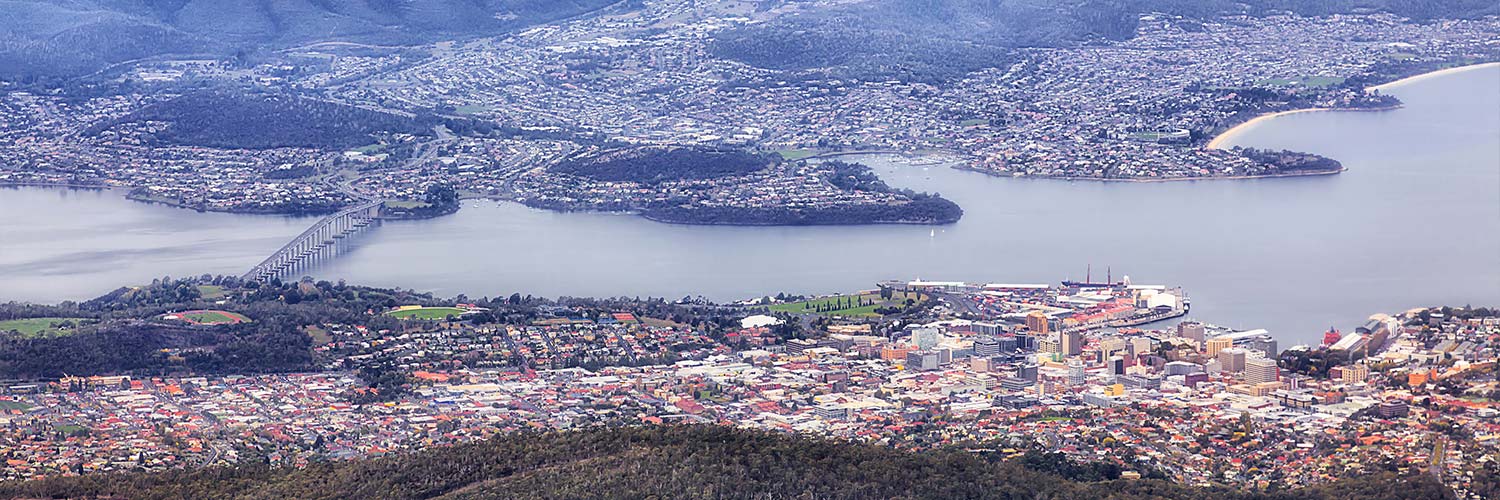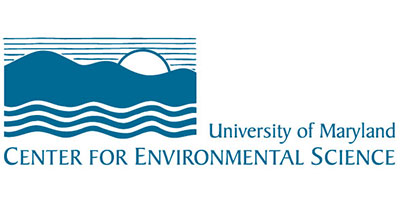Derwent Estuary and D’Entrecasteaux Channel

The Derwent estuary lies at the heart of the Hobart metropolitan area. This beautiful and diverse waterway is an integral part of Tasmania’s cultural, economic and natural heritage. The estuary is an important and productive ecosystem and supports a wide range of habitats and species. The Derwent River is also a major supply of drinking water and source of hydroelectric power. The Derwent Estuary Program (DEP) was established in 1999 and brings together a wide range of stakeholders – first to build a common understanding, vision and management framework – and second to progressively implement this vision through partnership agreements, good science and practical actions.
The DEP won the Australian Riverprize in 2010. This allowed a Twinning program to be seeded between the DEP and stakeholders of the adjacent waterway of the D’Entrecasteaux Channel and lower Huon estuary. Issues affecting the D’Entrecasteaux Channel and lower Huon estuary include population growth, rapid development of aquaculture, and increasing recreational boating and fishing. The Riverprize was instrumental in integrating community, government and industry interests to formalise a D’Enrecasteaux Channel partnership. This partnership released a comprehensive ‘State of the Waterway’ in 2012. It has since adopted the name ‘The D’Entrecasteaux & Huon Collaboration (‘the Collaboration’), and approved its first five year joint action plan, the focus of which is ‘a healthy waterway through public stewardship’. Focus activities include joint reporting of waterway monitoring, scientific exchange and learning, and facilitating public stewardship of the waterway..
Regional geographic proximity has worked exceptionally well for the DEP and the Collaboration twinning.
Advantages are evident in:
- The mentoring relationship via mutual understanding of what is desirable and feasible in applying the DEP model at the local scale of the Collaboration, and
- Public confidence in investing in the Collaboration, because the DEP model is familiar and well respected.






No Comments